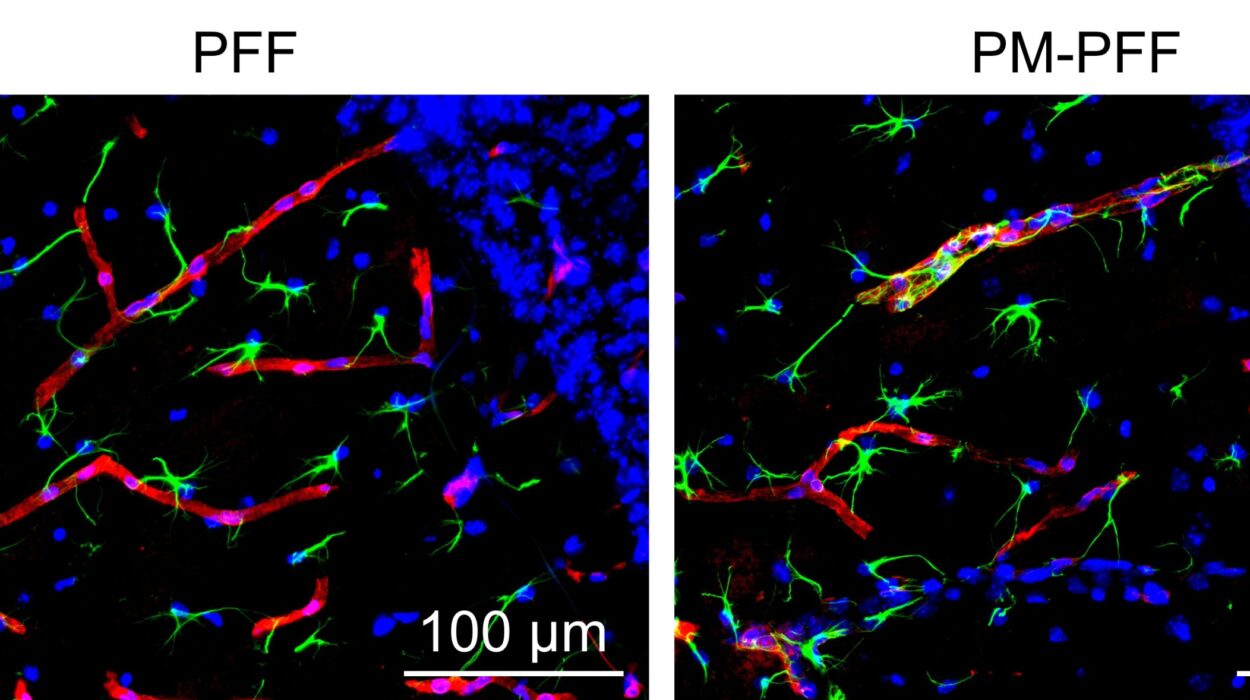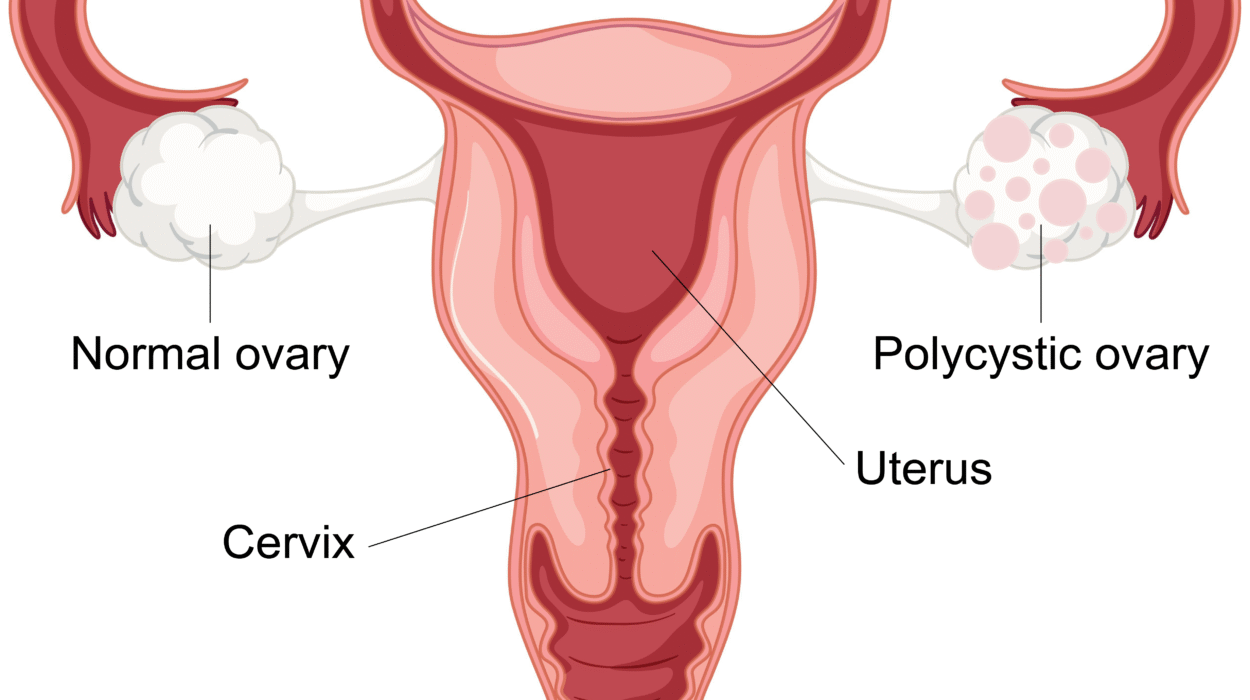Most of us take our kidneys for granted—those fist-sized organs tucked away beneath the rib cage, quietly filtering waste, balancing our blood chemistry, and keeping our systems running with an elegance we rarely notice. But what happens when these silent guardians begin to fail—not all at once in a dramatic collapse, but slowly, quietly, like a dimming light?
This is the reality for millions around the world living with Chronic Kidney Disease (CKD), a condition that creeps in subtly and lingers for life. Yet, despite its seriousness, CKD does not have to steal your joy, ambition, or future. With awareness, commitment, and care, it’s possible to live not just longer—but better.
The Slow Fade of Function
Chronic Kidney Disease is not a single event but a gradual decline in kidney function that spans months or years. It begins when the kidneys, once robust and efficient, can no longer perform their crucial task of filtering blood as they once did. Waste products begin to build up. Blood pressure rises. Fluid retention becomes a struggle. The balance of electrolytes becomes precarious.
In its early stages, CKD often produces no symptoms. That’s both its trick and its tragedy. Many discover the condition only through routine lab tests, or when something goes wrong—fatigue, swelling, trouble concentrating, or high blood pressure prompting deeper investigation. Sometimes the cause is diabetes, sometimes hypertension, sometimes autoimmune disorders, inherited conditions, or long-term exposure to certain toxins or medications. The source may vary, but the path forward is shared by many.
The diagnosis can feel like a blow—a weight you didn’t ask to carry. But it’s important to understand: this is not the end. In fact, it can be the beginning of a new relationship with your body, your health, and your choices.
What Living Well Really Means
To live well with CKD is not to pretend it doesn’t exist, nor is it to surrender to it. It means reshaping your life in ways that protect your kidneys, support your overall health, and preserve the things that make life rich—connection, purpose, movement, and hope.
First, this means forging a partnership with your healthcare team. A nephrologist becomes your guide, but the journey is shared by dietitians, primary care physicians, nurses, and most importantly, you. The more you understand your condition, the more power you have to influence its course.
Living well also means embracing the paradox of control. You cannot reverse CKD, but you can slow it. You can influence blood pressure, manage blood sugar, monitor lab values, and make daily choices that steer you away from dialysis or complications. It is not about perfection—it is about direction.
Food as Medicine
Of all the adjustments required with CKD, none feels more personal than diet. What you eat becomes not just nourishment, but medicine. Your plate becomes your most powerful prescription.
When the kidneys weaken, they struggle to filter out phosphorus and potassium. They may also have difficulty processing protein waste. Too much sodium can overload them, and fluid may accumulate more easily. Yet this doesn’t mean a bland, barren diet. It means mindful eating—rich in color, texture, and nutrition, but balanced with your body’s new limits.
A renal diet is tailored to your specific lab values and stage of disease. In early CKD, protein restriction might not be needed; in later stages, careful limitation helps reduce waste buildup. Fresh fruits and vegetables are encouraged, but some high-potassium options like bananas, oranges, and potatoes may need moderation. Phosphorus, hidden in colas, processed foods, and certain dairy products, becomes a stealthy enemy. And sodium—so abundant in restaurant meals and packaged snacks—must be approached with vigilance.
But food is not only fuel. It is culture, celebration, identity. The good news is, many people with CKD rediscover cooking as a creative act. Working with a renal dietitian helps you navigate this complexity. You learn how to soak vegetables to reduce potassium, how to read labels like a scientist, and how to flavor foods with herbs, spices, lemon juice, and love.
The Dance of Numbers
CKD brings with it a new language—GFR, creatinine, potassium, phosphorus, blood urea nitrogen (BUN), and hemoglobin. These numbers can be confusing, even intimidating. But they are not just lab results. They are mirrors into your inner world, reflecting how well your body is handling the burden of impaired kidneys.
The estimated Glomerular Filtration Rate (eGFR) is the star of this stage—it reflects how much blood your kidneys filter each minute. A normal GFR is over 90. CKD is usually diagnosed when GFR drops below 60 for three months or longer. The lower it gets, the more carefully the condition must be managed.
But numbers alone do not define your health. They are tools, not verdicts. You are more than a lab result. You are a human being living in a delicate and wondrous body that, even when flawed, is capable of astonishing resilience.
Blood Pressure and the Invisible Threat
If CKD has a silent partner in crime, it is high blood pressure. The two feed off each other in a destructive loop. Damaged kidneys raise blood pressure. Elevated pressure further damages the kidneys. Breaking this cycle is crucial.
Target blood pressure in CKD is often around 130/80 mmHg. Achieving this may require lifestyle changes and medication. ACE inhibitors or ARBs are commonly prescribed—not just to control blood pressure, but because they protect kidney function by reducing pressure in the filtering units of the kidneys.
Monitoring your blood pressure at home becomes a vital act of self-care. A digital cuff, a journal, a few minutes a day—that’s all it takes to stay informed and empowered.
Exercise: Strength for the Journey
Chronic illness can drain both body and spirit. Fatigue is a common symptom in CKD, and it may tempt you toward inactivity. But the paradox is clear: movement restores energy. Exercise doesn’t deplete you—it nourishes you.
Regular physical activity helps control blood pressure, supports a healthy weight, improves insulin sensitivity, strengthens the heart, and lifts mood. It does not have to be intense. Even daily walking, stretching, tai chi, or low-impact aerobics can be transformative.
The key is consistency. Listen to your body. Start slowly. Celebrate every step. You are not training for a marathon. You are training for life.
Mental Health in the Shadow of CKD
Living with a chronic condition means living with uncertainty. It is not unusual to feel anxious, depressed, or angry. There may be grief for the health you once had, or fear for the future you imagine. These emotions are valid.
What matters is how you meet them.
Talking to a counselor or therapist can help. So can connecting with support groups—whether in-person or online. Sometimes, just knowing you are not alone can relieve the weight. Meditation, journaling, art, music, prayer—whatever helps you process your experience—can be powerful.
Your mental health matters. It is not separate from your physical health. It is the foundation on which everything else is built.
Relationships and the Human Heart
CKD affects more than the body—it affects relationships. You may worry about being a burden to your partner, family, or friends. You may feel isolated, especially if others don’t understand the nature of your condition. But illness does not sever connection—it deepens it.
Being open about your needs, your boundaries, and your feelings can foster stronger bonds. It allows your loved ones to support you—not out of pity, but out of partnership. You are still you. Still worthy of love, intimacy, friendship, and joy.
For many, CKD becomes a lens through which the preciousness of life is more clearly seen. Moments matter more. Laughter cuts deeper. Silence becomes sweeter.
Working and Living with Purpose
Many people with CKD continue to work, volunteer, travel, and live rich, full lives. Others may need to adjust their schedules, change careers, or take on new roles. There is no single right path—only the one that honors your needs, values, and abilities.
If your condition interferes with work, laws like the Americans with Disabilities Act (ADA) can offer protection and accommodations. Employers may be required to adjust workloads or allow for flexible scheduling. The key is communication—being honest about what you need and what you can do.
Living well means continuing to dream. To set goals. To contribute. Whether through work, hobbies, mentoring, caregiving, or creativity—you still have gifts to offer.
The Road Ahead: Dialysis and Transplantation
For some, CKD progresses despite best efforts. When GFR drops below 15, kidney failure—or end-stage renal disease (ESRD)—is imminent. But even this is not the end of the road. It is simply a new chapter.
Dialysis, whether hemodialysis or peritoneal dialysis, can sustain life for many years. Though it requires adjustment, many people continue to work and live meaningfully while on dialysis.
For others, kidney transplantation offers the best long-term outcome. A living donor—often a relative or friend—or a deceased donor kidney can restore function and freedom. Transplants are not cures. They require lifelong medications and monitoring. But they can offer a second chance, and with it, renewed vitality.
The decision between dialysis and transplant—or conservative management in some cases—is deeply personal. It should be made in consultation with your care team and loved ones, guided by your values and quality of life.
A New Relationship With the Body
CKD teaches a new kind of attentiveness. It asks you to listen more closely—to thirst, to swelling, to fatigue, to lab results. It requires boundaries and vigilance. But it also offers clarity.
You learn what matters. You appreciate what endures. You become a steward of your own health in a way that many never are.
There is strength in that.
You are not defined by what your kidneys can no longer do. You are defined by how you choose to live, love, and adapt.
Science, Hope, and the Future
Medical science continues to evolve. New drugs like SGLT2 inhibitors have been shown to slow the progression of CKD in people with diabetes and even those without. Research into artificial kidneys, regenerative medicine, and gene therapy promises breakthroughs in how we understand and treat kidney disease.
At the same time, public awareness campaigns and policy efforts are helping more people get screened early, access care, and find community. You’re not walking this road alone.
There is still much to be done—but there is hope.
Living Well, Fully, Now
To live well with chronic kidney disease is to choose life—not just survival. It is to wake up each day and ask, “What can I do today to care for myself?” It is to find beauty in restraint, purpose in discipline, and freedom in awareness.
You may have CKD. But you also have resilience, love, intelligence, and agency. You have today. And you have the power to make that today rich, meaningful, and alive.
Let the story of your health be one not of limitation, but of transformation. Not of despair, but of determination.
The kidneys may whisper now—but let your spirit rise in song.






